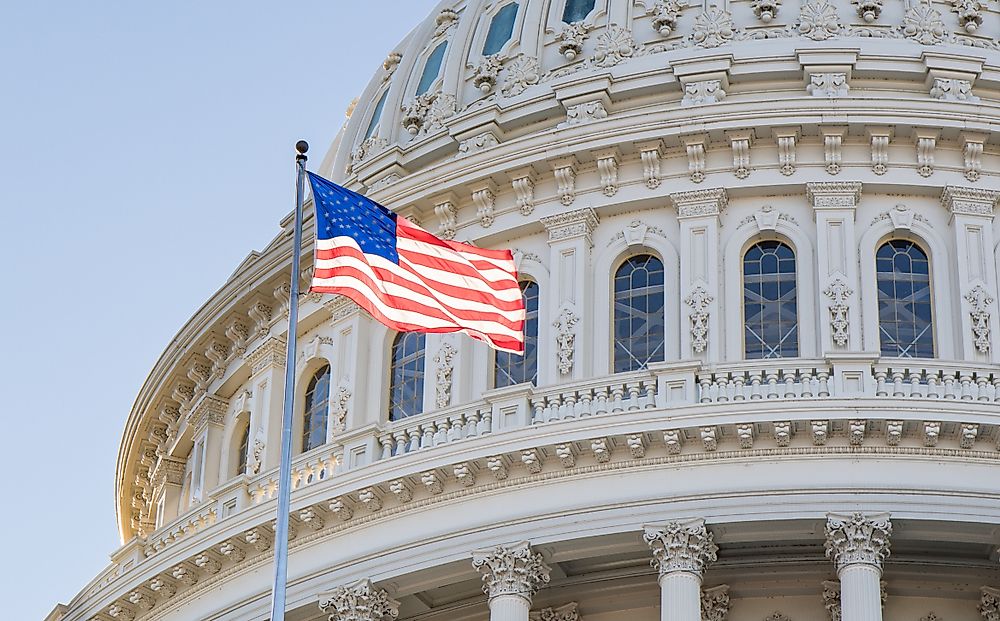
The sprawling narrative of Middle-earth’s Second Age, brought to life in Amazon Prime Video’s ‘The Rings of Power,’ has captivated audiences with its ambitious scope and intricate character arcs. As with any high-profile adaptation of beloved source material, the series invites intense scrutiny and discussion, particularly when it comes to the portrayal and continuity of its pivotal figures. One of the most talked-about elements entering the second season was the unexpected shift in casting for key antagonists, sparking considerable conversation among fans and industry observers alike. These changes, far from being mere logistical happenstance, often carry significant in-universe implications and provide a unique lens through which to examine the intricate dance between storytelling demands and production realities.
Such decisions prompt a deeper dive into the ‘why’ behind the on-screen alterations, extending beyond superficial appearances to touch upon the very nature of identity and power within Tolkien’s intricate lore. Understanding these shifts requires not just an appreciation for the creative choices made by the showrunners, but also an analytical eye toward the narrative scaffolding that supports them. As we explore these transitions, we uncover layers of strategic intent, character development, and even a nod to the historical complexities inherent in portraying figures of immense authority and influence. The journey through these character metamorphoses illuminates how a franchise navigates both fan expectations and its own evolving story.
Moreover, the very concept of ‘Lord’ — a title intrinsically linked to the series’ name and its central villain, the Dark Lord Sauron — carries a monumental weight of meaning that transcends simple appellation. It is a term steeped in centuries of real-world history, religious significance, and cultural context, connoting everything from earthly dominion to divine authority. By examining the recasting decisions for characters who bear or aspire to this title, we gain a richer understanding not only of their individual journeys within Middle-earth but also of the profound symbolism embedded within the very language used to define their stature and influence. This dual exploration—of character continuity and titular gravitas—offers a comprehensive look at the intricate workings of a monumental fantasy production.

1. **The Initial Shock: Sauron’s Recasting Confusion in Season 2**Viewers tuning into the Season 2 premiere of ‘The Rings of Power’ were met with an immediate and considerable surprise: the apparent recasting of Sauron, the nascent Dark Lord whose true identity was unmasked in the Season 1 finale. After the revelation that Charlie Vickers’ Halbrand was actually Sauron in disguise, many fans had naturally begun to associate Vickers closely with the character. The actor had been actively marketed as Sauron following the conclusion of the first season, and his return for Season 2 to portray Sauron’s fair form, known as Annatar or the Lord of Gifts, had been confirmed.
Therefore, when Sauron appeared early in the Season 2 opening scene, depicted within the fortress of Durnost in Forodwaith—the same desolate location Galadriel had visited in the Season 1 premiere—and was visibly played by a different actor, Jack Lowden, the reaction among the audience was one of confusion and disbelief. This unexpected visual shift prompted immediate questions about the production’s decisions and whether a core character had indeed been recast without prior announcement. The surprise was palpable, given the established connection between Vickers and the iconic villain.
Many viewers initially assumed a straightforward recasting had occurred, leading to widespread discussion and speculation across fan communities. However, as the narrative quickly unfolded, it became evident that this change was not a simple swap of actors but rather a carefully orchestrated narrative device. The immediate perception of a recasting was ultimately part of a larger storytelling strategy, designed to illustrate the fluid and deceptive nature of Sauron himself, setting the stage for the character’s complex journey throughout the new season and beyond. This initial moment of bewilderment served to underscore the Dark Lord’s elusive identity.

2. **The In-Universe Explanation: Sauron’s Death and Spirit’s Rebirth**The reason behind Jack Lowden’s brief portrayal of Sauron in the Season 2 premiere was quickly clarified as an in-universe explanation, rooted deeply in the lore surrounding the Dark Lord’s capabilities and resilience. As depicted in the premiere, Lowden’s version of Sauron met a swift and violent end, being killed by Adar. This pivotal event immediately established a new dynamic and resolved the apparent recasting by presenting it as a moment of physical death rather than a simple change of actors for the same continuous form.
With his dying breath, Lowden’s Sauron unleashed a powerful beam of light and energy from his body, an explosive force that dramatically froze all of Forodwaith, reshaping the landscape around him. Following this cataclysmic discharge, the physical form of Lowden’s Sauron was entirely consumed and disappeared. The context suggests that this body was either destroyed by the immense energy it emitted or simply ceased to exist, leaving no trace behind but the frozen wasteland.
Crucially, the demise of Sauron’s physical body did not signify the end of his spirit or soul. Instead, a chilling visual sequence revealed black blood cascading down into a cavern beneath Durnost, eventually coalescing into a small, ominous pit. Many years later, this congealed blood was dramatically revealed to be the very essence of Sauron’s spirit or soul, which had slowly accumulated enough power to finally escape its subterranean prison. This cinematic representation vividly illustrated the Dark Lord’s inherent immortality and his capacity to persist even after apparent destruction, setting the stage for his re-emergence in a new guise.

3. **Sauron’s Strategic Shapeshifting: The Halbrand Persona**The narrative deftly continued its explanation of Sauron’s fluctuating appearance, moving beyond the demise of the Lowden-portrayed form to show the true nature of his resilience. Appearing initially as merely a black sludge, Sauron’s soul embarked on a journey until it encountered a lone, traveling human on a road. Seizing this opportune moment, the disembodied spirit of Sauron entered the human’s body, thereby regaining a physical form and returning to Middle-earth in a new guise. This moment marked the return of Charlie Vickers to the role.
It is important to understand that Sauron possesses an inherent ability to shapeshift, allowing him to adopt various physical forms at his discretion. He could have chosen to revert to the appearance of Jack Lowden’s character if it suited his purposes. However, the narrative emphasizes that he specifically chose the physical form portrayed by Charlie Vickers, a deliberate and strategic decision. This choice was not arbitrary but was deeply intertwined with his overarching machinations in the Second Age.
As previously established in Season 1, Sauron was keenly aware of the necessity to appear as a man, specifically one originating from the Southlands, to effectively deceive Galadriel and the other characters central to his schemes. Had he reverted to Lowden’s appearance, Adar—who had encountered and even killed that form—and any other characters aware of his past would have immediately recognized him, thereby compromising his carefully constructed cover. Thus, the continuation of Vickers as Sauron in the Halbrand form was not a simple recasting but a crucial plot point, highlighting Sauron’s cunning and his mastery of disguise for strategic advantage.

4. **The “Lord of Gifts”: Unpacking Sauron’s Annatar Form**Sauron’s mastery of shapeshifting and deception continued to be a central theme in Season 2, as his Halbrand disguise, which served him throughout the first season, proved to be only a temporary facade. His strategic manipulations required a new identity to infiltrate the realms of the Elves and further his grand design for the Rings of Power. This led to yet another significant alteration in his appearance, demonstrating his adaptability and long-term planning.
Upon his arrival in Eregion, a land of skilled Elven smiths, Sauron was welcomed by Celebrimbor, the renowned master craftsman. It was here that he shed the guise of Halbrand, adopting a new, more alluring and seemingly benevolent form. He appeared with long, light blonde hair and distinctive pointy ears, a clear departure from his previous dark-haired, human-like persona. This new look was accompanied by a carefully crafted backstory, as he presented himself as Annatar, a messenger sent by the Valar.
The title “Annatar” translates to “Lord of Gifts,” a moniker designed to inspire trust and admiration among the Elves, particularly Celebrimbor. This deceptive identity allowed Sauron to gain access to their knowledge and forge a deeper connection, subtly influencing their work on the Rings of Power. While his physical form changed dramatically, it is crucial to note that Charlie Vickers continued to portray this version of the character, underscoring that these transformations are inherent to Sauron’s abilities rather than necessitating a different actor for each new guise. The Annatar form is a testament to Sauron’s unparalleled skill in manipulation, utilizing his aesthetic appeal to achieve his insidious goals.
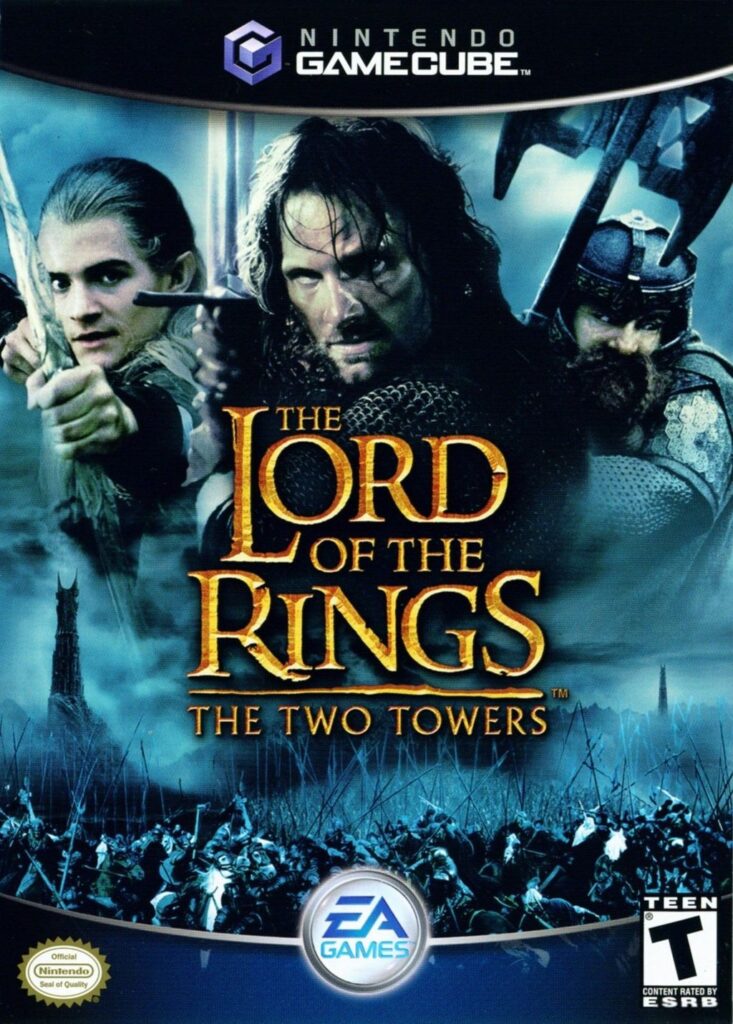
5. **A Legacy of Multiple Portrayals: Sauron’s Cinematic History**The concept of Sauron being portrayed by multiple actors or through different forms is not entirely new within the broader tapestry of ‘Lord of the Rings’ adaptations. This precedent extends beyond ‘The Rings of Power’ and can be observed in the acclaimed film trilogy directed by Peter Jackson, offering a historical context for the show’s approach to the character’s visual representation. Even in those earlier cinematic ventures, Sauron’s presence was often conveyed through multifaceted means, highlighting his elusive and powerful nature.
In Peter Jackson’s original film trilogy, the physical manifestation of Sauron, particularly in his armor-clad Dark Lord form, was primarily portrayed by actor Sala Baker. Baker embodied the imposing physical presence of the villain in scenes where he was seen in full, albeit obscured, form. However, it is noteworthy that this physical portrayal was complemented by a completely different actor providing the voice for Sauron. Alan Howard lent his distinctive voice to the Dark Lord, giving him a vocal presence that resonated with menace and authority.
This division of labor, where one actor provides the physical embodiment and another the voice, establishes a long-standing tradition within the franchise of utilizing different performers to bring various facets of Sauron to life. It illustrates that the essence of the character, particularly a shapeshifting and powerful entity like Sauron, is not necessarily confined to a single actor’s face or body. This historical context from the beloved film trilogy lends credence to ‘The Rings of Power’s’ narrative choices, suggesting that Sauron’s identity is more about his spirit and power than a fixed physical appearance, making the Season 2 alterations consistent with the character’s legacy.

6. **Anticipating Future Transformations: Sauron’s Evolving Appearance**The ongoing narrative of ‘The Rings of Power’ strongly suggests that the transformations seen in Sauron thus far are merely precursors to even more profound changes. The inherent nature of the Dark Lord, combined with the epic scope of Middle-earth’s Second Age, implies that his physical form is destined to evolve further, reflecting the escalating stakes and the consequences of his actions. Viewers can anticipate that the show will continue to leverage Sauron’s shapeshifting abilities to serve its evolving storyline, keeping the audience engaged with his mutable identity.
Without delving into specific spoilers from the broader Tolkien lore, the context hints that Sauron’s physical form is expected to undergo another major and perhaps definitive change at some point within the series. This future metamorphosis is tied to a “major event” that is destined to occur in a specific location where Sauron is present, an occurrence that will fundamentally alter him forever. Such a pivotal event could signify a dramatic shift in his power, his appearance, or both, marking a critical juncture in his reign of terror.
It is also noted that should this climactic event lead to such a drastic alteration, it might even necessitate another instance of recasting, or at least a significant reimagining of his on-screen presence. However, the current projection for ‘The Rings of Power’ is a sprawling five-season arc, and the implication is that this particular, transformative event is likely reserved for the later stages of the show, potentially even its final season. This strategic pacing ensures that Sauron’s journey, and the evolution of his physical manifestations, remains a compelling and unfolding mystery, integral to the series’ long-term narrative ambitions.

7. **The Adar Recasting: From Joseph Mawle to Sam Hazeldine**Beyond the intricate changes concerning Sauron, ‘The Rings of Power’ introduced another significant cast alteration for a prominent antagonist: Adar. In the show’s inaugural season, the character of Adar, the enigmatic leader of the Orcs and a former Elven prisoner, was portrayed with a memorable intensity by Joseph Mawle. His performance resonated with viewers, establishing Adar as a complex figure with a tragic past and a unique, almost paternal, relationship with his Uruk followers. Mawle’s portrayal added considerable depth to the villainous faction, distinguishing Adar from a mere minion of the Dark Lord.
However, upon the commencement of the second season, viewers observed a noticeable change in the actor embodying Adar. The role was subsequently taken over by Sam Hazeldine, an experienced performer known for his work in diverse productions such as Ridley Scott’s ‘The Last Duel,’ ‘Peaky Blinders,’ and Netflix’s ‘The Sandman.’ This recasting, unlike Sauron’s in-universe explanation, was a straightforward change in performer, indicating a real-world production decision rather than a narrative plot point. The transition prompted questions about the reasons behind Mawle’s departure and Hazeldine’s assumption of the role.
The shift in actors for Adar represents a common, albeit often scrutinized, occurrence in long-running television productions, especially those with extensive ensemble casts and demanding schedules. While such changes can sometimes be jarring for an audience that has grown accustomed to a particular actor’s interpretation, they are often a consequence of various factors, including scheduling conflicts, creative differences, or an actor’s personal desire to pursue other opportunities. In this instance, the reasons behind Joseph Mawle’s departure were publicly addressed, offering clarity to an eager fanbase and laying the groundwork for Hazeldine to bring his own distinct interpretation to the character. This particular recasting highlighted the practical considerations inherent in managing a large-scale fantasy series over multiple seasons.
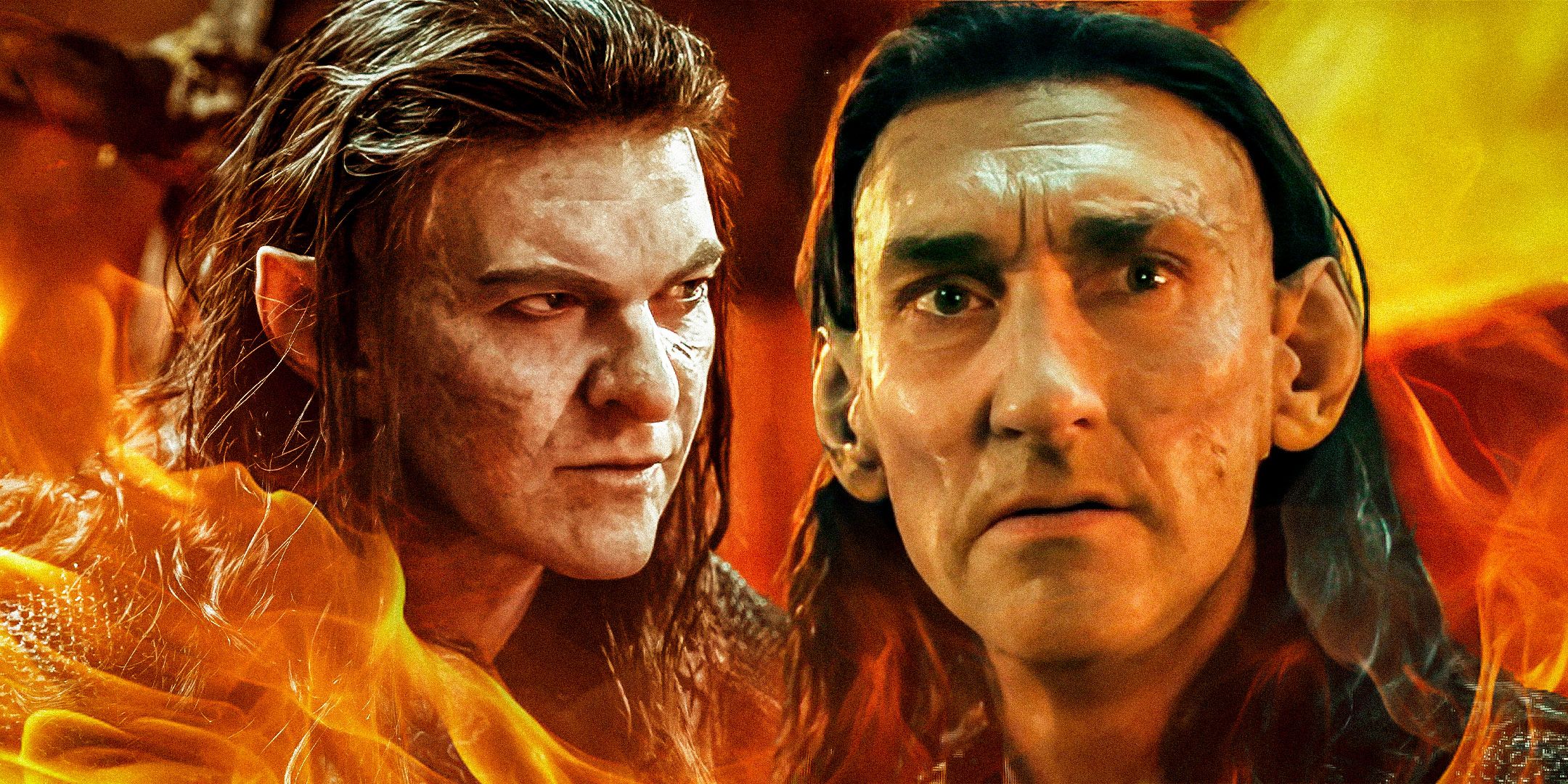
8. **Adar’s New Portrayal and the Actor’s Motivations**Joseph Mawle, who portrayed Adar with compelling intensity in Season 1, decided to leave ‘The Rings of Power’ to “explore new characters and worlds.” This is a common occurrence in extensive productions, where actors seek diverse challenges beyond a single, long-running role. His departure necessitated a new actor to embody the complex leader of the Orcs.
Sam Hazeldine, known for his roles in ‘The Last Duel’ and ‘Peaky Blinders,’ stepped into the role for Season 2. His task was not just to replace Mawle but to infuse Adar with his own unique interpretation. Hazeldine brought a fresh perspective, emphasizing that Adar does not see himself as a villain but rather as a protector.
Hazeldine articulated that Adar’s primary motivation is to shield his “children,” the Uruk, from what he perceives as a potential genocide. This view highlights Adar’s internal complexities, positioning him as a figure driven by fierce loyalty and a profound sense of responsibility, even if his actions are severe. His portrayal continues to deepen the nuanced understanding of morality within Middle-earth’s unfolding conflicts.
9. **The Substantive British Noble Title of ‘Lord’**The title “Lord,” so prominent in ‘The Rings of Power,’ holds deep historical, cultural, and spiritual weight in our own world, particularly in Britain. It denotes specific ranks and positions within society, each with unique connotations. This varied usage goes beyond simple appellation, reflecting centuries of tradition.
In the Peerage of Scotland, the lowest level of nobility carries the substantive title “Lord of Parliament,” distinct from a Baron. The heir to the Scottish throne also holds the prestigious title “Lord of the Isles.” Historically, England had a “Lord of the Isle of Wight,” a title that eventually fell out of use.
The British sovereign is also accorded the title “Lord of Mann” as head of state for the Isle of Mann. Another intriguing aspect is the feudal title “Lord of the Manor,” which remains recognized by the British Government for titles registered before 2003. These “incorporeal hereditaments” have no physical existence but have spurred a market for vanity, and can even be noted on British passports with documentary evidence.
Read more about: The Enduring Legacy of the Earl: A Comprehensive History of Britain’s Oldest Noble Title
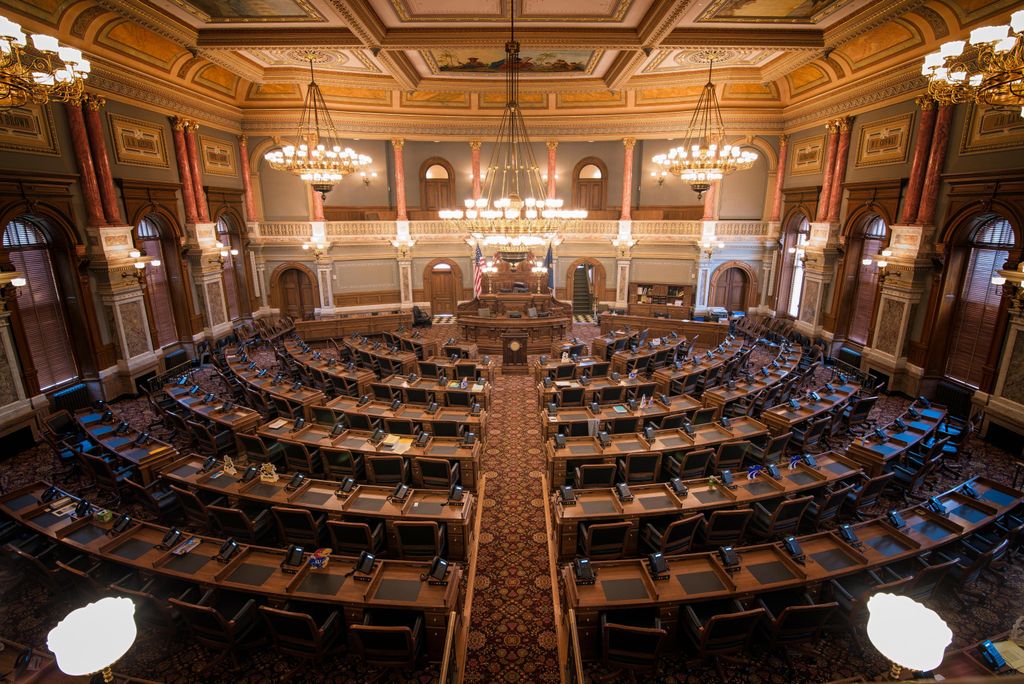
10. **The House of Lords and its Composition**The UK’s upper parliamentary chamber, the House of Lords, derives its name from the full title: “The Right Honourable the Lords Spiritual and Temporal in Parliament Assembled.” This formal designation immediately highlights the chamber’s unique dual composition, incorporating both ecclesiastical and secular members in its legislative function.
The “Lords Temporal” form the bulk of the House, comprising individuals summoned by virtue of their peerage. This includes hereditary peers (capped at 92), judicial life peers, and the largest group, life peers appointed under the Life Peerages Act 1958. As of December 2016, nearly 800 Lords Temporal were members, underscoring their significant contribution to the legislative process.
The “Lords Spiritual” include the Archbishops of Canterbury and York, the Bishops of London, Winchester, and Durham, and the twenty-one longest-serving bishops of the Church of England. Though fewer in number (26), their presence reflects the historical ties between church and state, providing a moral and ethical dimension to parliamentary debates. This composition exemplifies how “Lord” signifies a deeply embedded role within British political and societal structures.
Read more about: Harpo Marx: The Unspoken Saga of a Silent Genius – Revealing the Pain and Poignancy Behind the Wild Child’s Smile
11. **The Judicial Use of ‘Lord’ in the UK and Commonwealth**The title “Lord” extends into the British and Commonwealth legal systems, signifying high judicial authority. Before 2009, judges known as Law Lords sat in the House of Lords as the UK’s highest judicial body. Their life peerages allowed them to serve at the apex of the legal system.
However, the 2009 creation of the Supreme Court of the United Kingdom separated the judiciary from the legislature. Law Lords retained their life peerages but lost the right to sit and vote in the House of Lords. Despite this, the appellation “Lord” persists for many judges, even those without peerages.
Justices of the Supreme Court, though not peers, are addressed as if they were life peers by Royal Warrant. Judges of the Court of Appeal of England and Wales are “Lords Justices of Appeal,” and Scottish Court of Session judges are “Lords of Council and Session.” In Commonwealth nations like Canada and India, judges are often addressed as “My Lord” or “Your Lordship,” underscoring the title’s global recognition of legal authority and respect.
Read more about: The Pillars of Justice: Unpacking the Role, Appointments, and Global Traditions of Judges in the Modern Era
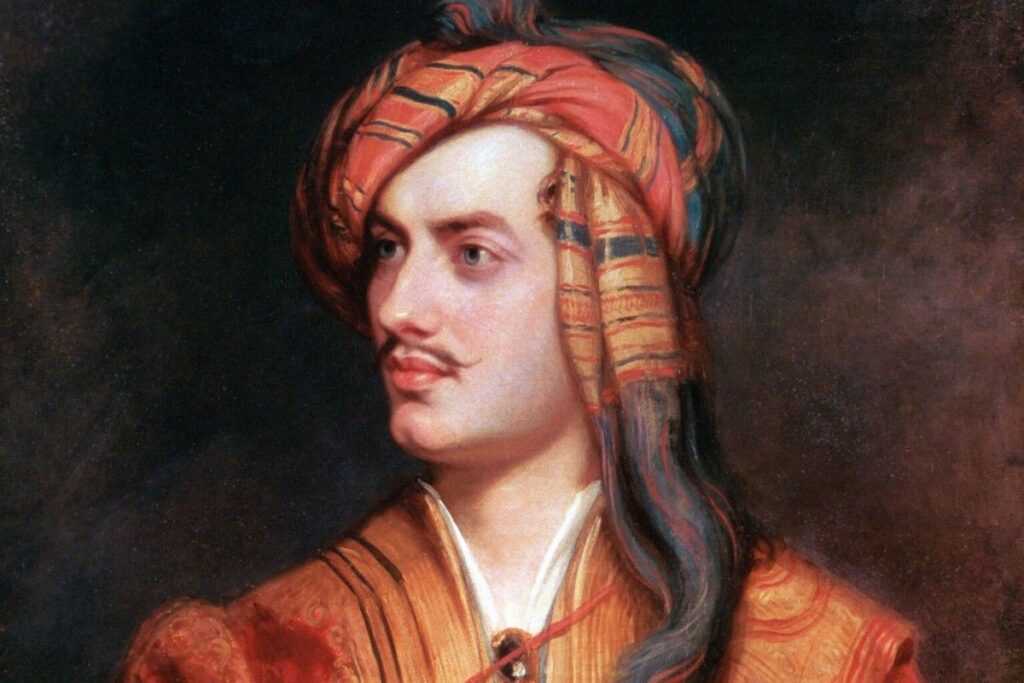
12. **Naval and Ecclesiastical Applications of the Title ‘Lord’**The title “Lord” profoundly influences British naval and ecclesiastical institutions, showcasing its deep historical roots beyond traditional nobility. In the navy, the Board of Admiralty, established in 1628, was chaired by the First Lord of the Admiralty, with senior admirals holding titles like Second Sea Lord. Although the Board merged into the Ministry of Defence in 1964, the titles endure, with the First Sea Lord and Chief of the Naval Staff remaining top officers, despite not being peers.
In religious contexts across Britain, Ireland, and many Commonwealth countries, bishops are formally addressed as “My Lord,” “My Lord Bishop,” or “Your Lordship.” This custom applies to bishops of various denominations, not just those in the House of Lords, signifying spiritual authority and reverence. This contrasts with the US, where bishops are addressed as “Excellency,” indicating regional variations in honorifics.
Furthermore, “Lord” prefixes various other high offices of state in the UK and Commonwealth. Examples include the Lord Chancellor, Lord Privy Seal, Lord Mayor in England, Lord Provost in Scotland, Lord-lieutenant, and the Lord Lyon King of Arms. While holders of these offices are not necessarily peers, the “Lord” appellation consistently denotes significant authority and an esteemed position within the state apparatus.
The intricate dance of recasting and character evolution within ‘The Rings of Power,’ particularly with figures like Sauron and Adar, serves as a compelling reminder of the complexities inherent in bringing epic narratives to life. These production decisions and narrative choices, while sometimes sparking initial surprise, ultimately enrich the storytelling, allowing for deeper exploration of identity, purpose, and power. Yet, as we’ve explored, the very title “Lord” — central to this universe — resonates with a far greater weight, drawing profound parallels to its multi-layered meanings in our own history, legal systems, and especially within sacred texts. From the ancient halls of British nobility to the solemn pronouncements of biblical scripture, the concept of ‘Lord’ signifies ultimate authority, profound responsibility, and a singular influence that shapes destinies. Understanding this deep resonance adds another dimension to our appreciation of Middle-earth, revealing how these characters, in their pursuit or embodiment of such a title, tap into an ancient, universally recognized symbol of power and dominion that transcends any single story.


